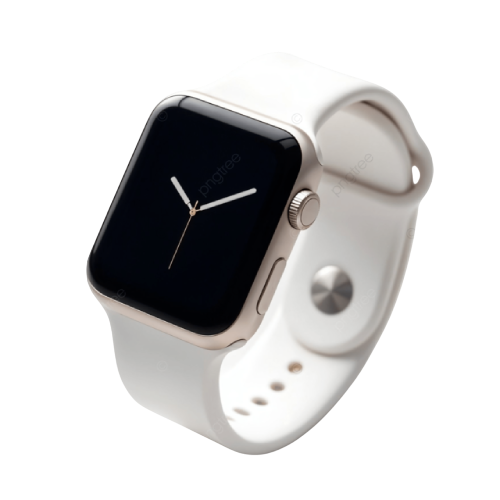Accordions
Basic
The accordion uses collapse. internally to make it collapsible. To render an accordion that’s expanded, add the .open class on the .accordion
Extend the default collapse behavior to create an accordion.
Flush
The flush accordion removes borders, background, and rounded corners for a seamless design. To make an accordion flush, add the .accordion-flush class to the .accordion.
Extend the accordion to blend with its parent container without extra spacing.
Border Based
The border-based accordion keeps its default borders and background for clear separation between items.
Great for visually distinct sections with clear boundaries.
Icon Based
The icon-based accordion uses icons alongside titles for quick visual identification of each section.
Ideal for dashboards and menus where visual cues speed up navigation.
Collapse Based
The icon-based accordion uses icons alongside titles for quick visual identification of each section.
Ideal for dashboards and menus where visual cues speed up navigation.
Horizontal Collapse Based
The icon-based accordion uses icons alongside titles for quick visual identification of each section.
Ideal for dashboards and menus where visual cues speed up navigation.
Multiple Collapse Based
The icon-based accordion uses icons alongside titles for quick visual identification of each section.
Ideal for dashboards and menus where visual cues speed up navigation.
